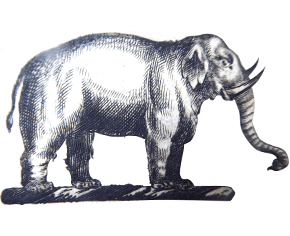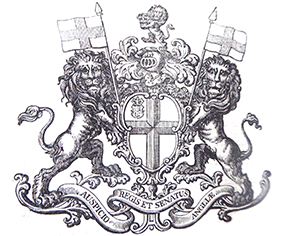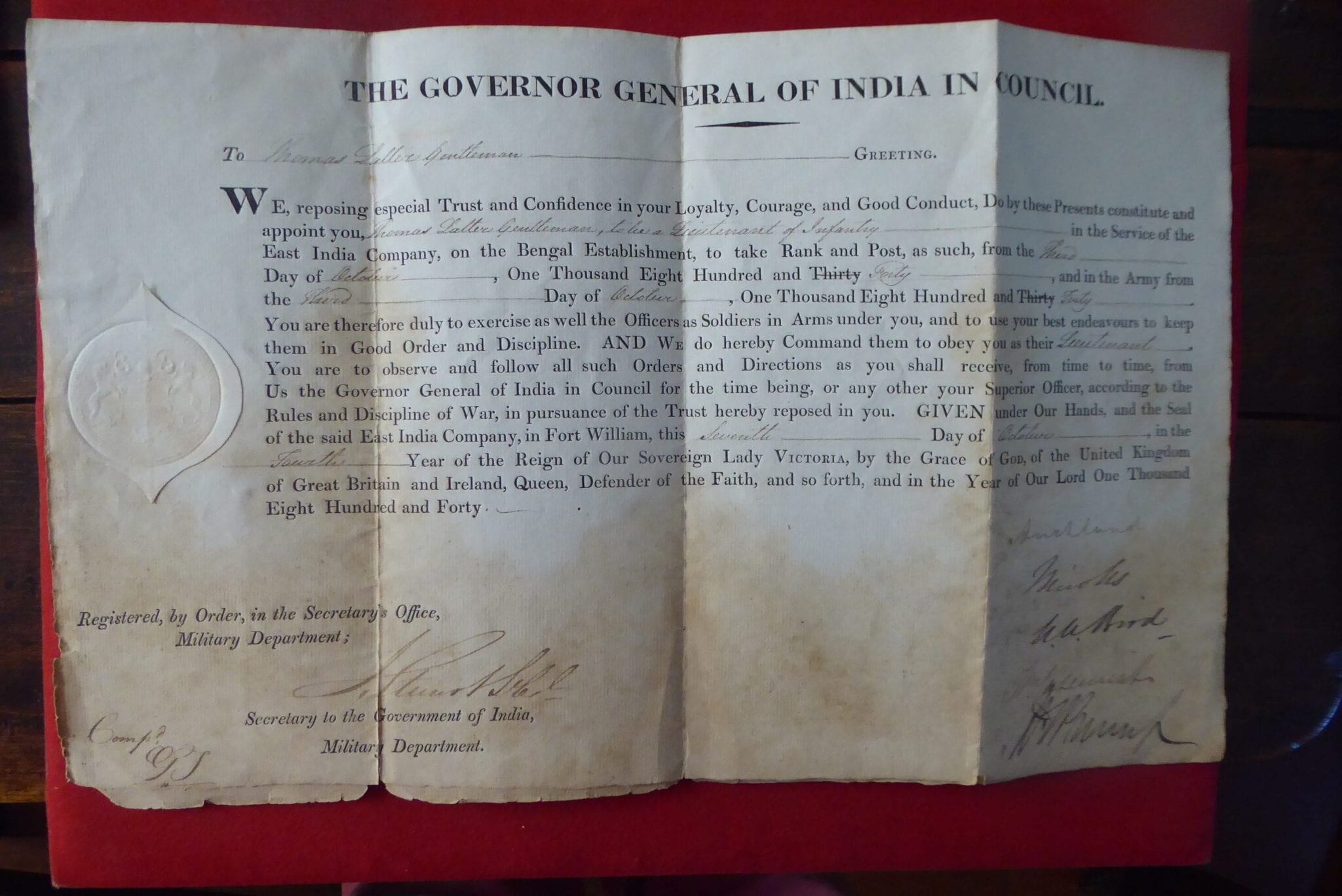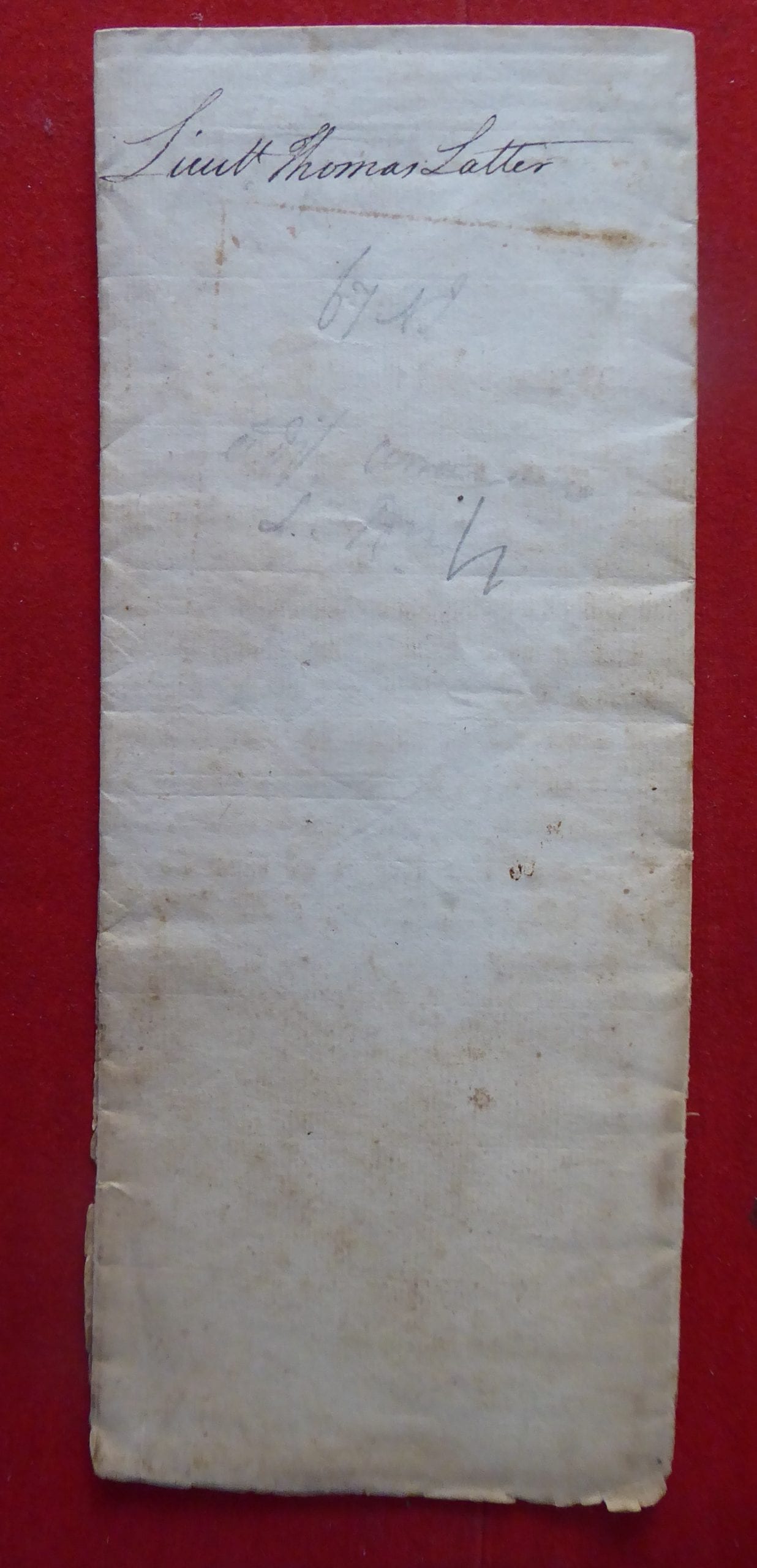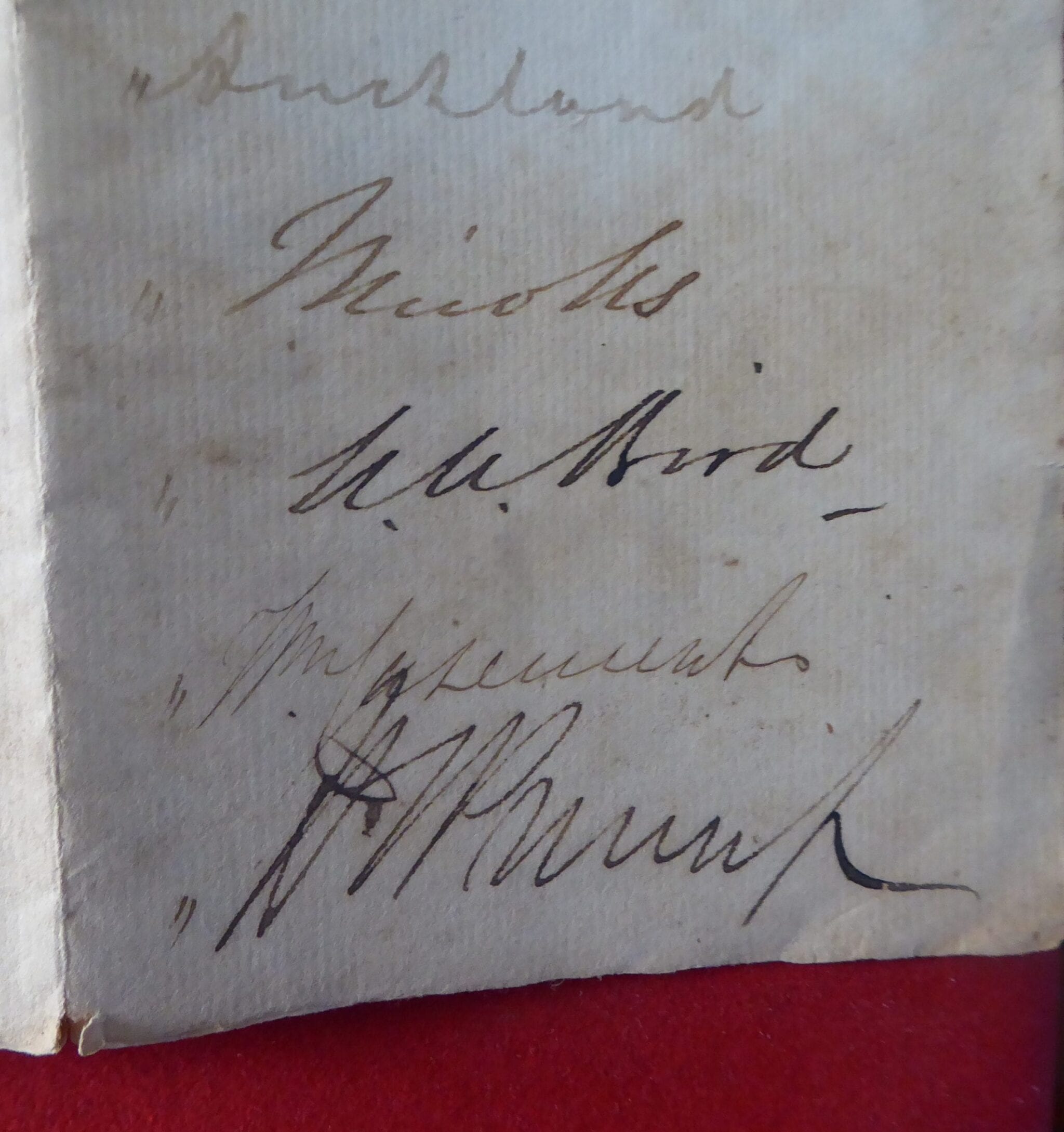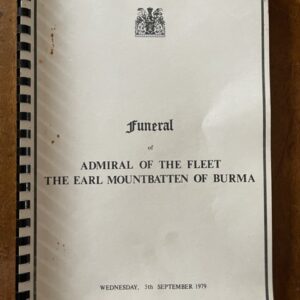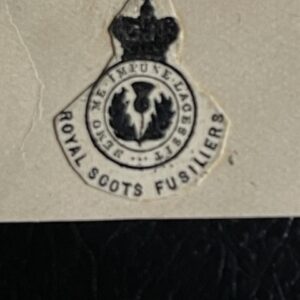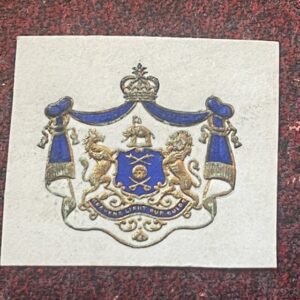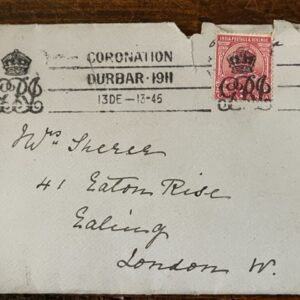BURMA, MYANMAR interest. The 1840 East India Company commission of Lieutenant Thomas Latter, 67th Bengal Native Infantry
£200.00
Thomas Latter (1816 – 8 December 1853) was a military officer of the Bengal Army and a scholar of the Burmese language.
A Governor General’s commission of 1840 appointing Thomas Latter Gentleman to be a Lieutenant of InfantryLatter a Lieutenant of Infantry, signed Auckland [Earl of Auckland, G.C.B., Governor General since 1836], J. Nicholls [:Lt Gen Sir Jasper Nicholls, K.C.B., Commander in Chief, W. W. Bird [William Wilberforce Bird,Esq.], W. Casement [Maj Gen Sir Wm. Casement,K.C.B.], and H. T. Prinsep [Henry Thoby Prinsep, Esq].The bifolium, watermarked Richard & Wilson, 1836, has the usual three folds and paper seal of the HEIC. The paper has a short closed tear to the first fold and is a little discoloured it remains but sound.
Thomas Latter (1816 – 8 December 1853) was first commissioned as an Ensign in the 67th Bengal N I when it was stationed at Benares. In 1840 the East India Register shows him as serving with a local Aracan battalion. He devoted his spare time to the study of Burmese producing a well received Grammar of the Burmese Language in 1845. At the start of negotiations over breaches of the Treaty of Yandabo Latter was transferred from the 67th to act as Interpreter tp Commodore George Lambert’s expedition to Burma. Acting as Interpreter to Sir H. T. Godwin on the outbreak of the 2nd Burmese War, on14th April 1852 he was put in command of a storming party against the eastern entrance to the Shwedagon Pagoda where his bravery was noted. After taking part in the capture of Pegu. He took part in the capture of Pegu in June 1852.
When Prome, which was a main rallying-places for the enemy was occupied Latter was appointed resident deputy commissioner on 30th December. The post a particularly difficult because, although open warfare had ceased, the Burmese were still very hostile to British influence. Latter’s use of violence in suppressing disaffected locals around Prome earned him an extremely negative reputatation with the Burmese rulers, and at 2:00 A.M. on the morning of 8 December 1853 he was murdered in his bed. He was buried at Prome with military honours on the following day. His death appears in the Casualty list of the 1854 edition of the East India Register. may30/1
1 in stock
